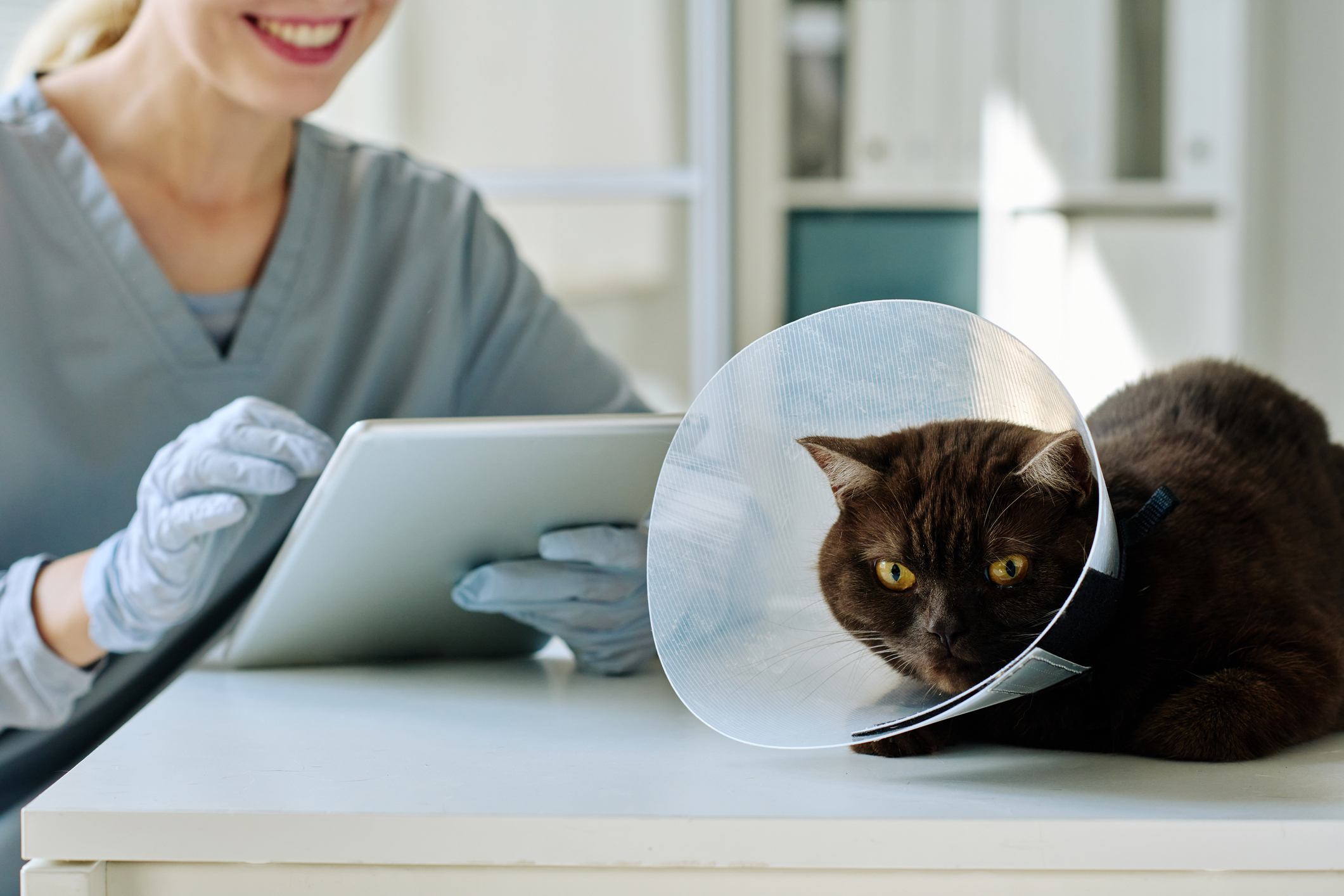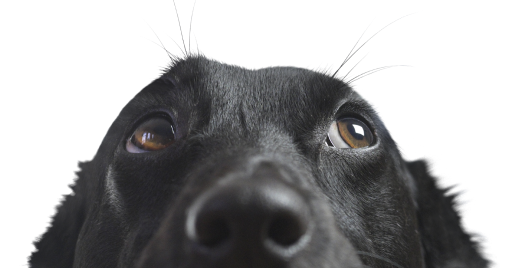Video transmission from operating rooms gives the teaching programs at the Norwegian University of Life Sciences (NMBU) a leading edge. In addition, new customized systems place NMBU's animal hospitals as a forerunner in advancing veterinary medical standards to a level comparable to human medicine.
Advanced Technology Utilized in Operation Suites to Improve Teaching Experience
NMBU has 10 total operating rooms divided as 5 rooms dedicated to small animal patients, 3 for equine, and 2 for production animals. All operating suites are equipped with several cameras to provide multiple views and a comprehensive teaching and viewing experience. In addition, each suite has 2 state-of-the-art monitors installed for both general viewing and professional utilization.
“There is not enough room for all students inside the operation suites, but we have a great need to show them what is happening. Now they can take part in the operations from the classrooms. We can directly transfer images from the operations, and use two-way sound so that they [students] can communicate with the surgeon and the others in the room along the way,” says Per Storjord, project manager at NMBU.
Images can be sent to the students from several sources simultaneously. They are able to see an overview picture from the operating room as well as a movie from an endoscope at the same time. The overview picture is important because it shows how personnel and equipment are placed in relation to each other within the suite, and this provides a better learning outcome than looking at only one operation area as an example.
“It will be a huge improvement for the students compared to what they have been used to,” Per Storjord says.
Advanced Digital Imaging
A major improvement for clinicians has been the improvements in advanced digital imaging workflows. NMBU has achieved this by incorporating Provet Cloud’s PACS integrations such as RIS, into their daily processes. This creates a streamlined record keeping process as well as task list.
In each operation suite, there is a recording unit that transmits digital images both to a server and to the multimedia archive PACS (picture archiving and communication system). All initial planning for major operations occurs within the practice management system, Provet Cloud, which then communicates an order to the PACS integration about what digital imaging services need to be performed. Once the digital imaging has been performed, it is relayed back into Provet Cloud to be retained as a component of the patient’s medical record.
This advanced digital imaging set up allows clinicians to grab images and recordings during or after procedures to save for either educational purposes or include in the patient’s medical record, as previously noted. Digital imaging advancements encompass various imaging services such as endoscopy, MRI’s, CT’s, microscopic evaluations, ultrasounds, and many others.
“Now it will be easier to keep track of all patients, so we can easily compile data and compare treatments of patients.”
Streamlined and Efficient Communication with Practice Management System
Because Provet Cloud seamlessly integrates with RIS and PACS, clinicians are able to function within a single platform. Orders, worklists, and images are all accessible from within Provet Cloud and thus provide an efficient and customized workflow for clinicians and radiology professionals.
Per Storjord believes this streamlined process will make everyday work life easier.
“Now it will be easier to keep track of all patients, so we can easily compile data and compare treatments of patients. In addition, you can get a lot of useful statistics so that the research base in the long run will be much better.”
“We have a journal as good as large human hospitals, and our operating rooms are at least as advanced when it comes to the viewing and handling of images.”
Advancements in Veterinary Medicine Standards Rivaling Human Medicine
In collaboration with the clinicians and the radiologists, Storjord and his colleagues at NMBU's IT department have provided guidelines for integration partners on how the communication between the platforms should work.
Per Storjord states that the Veterinary College is now at least as advanced as large human hospitals in Norway.
“We have a journal as good as large human hospitals, and our operating rooms are at least as advanced when it comes to the viewing and handling of images. We are also more advanced in some areas. I have not encountered this clinical workflow at any human hospitals. RIS / PACS is only commonly used for radiology, but we have introduced it as a real multimedia archive. It is not common that images from a regular ultrasound examination are stored, but our clinicians can now save what has clinical value in their opinion or can be useful for teaching purposes.”
A Growing Vision of the Future
The implementation of the new systems has been done in phases.
“From our perspective, things have gone surprisingly well. There are still things we have not found solutions for, and we are constantly receiving feedback on areas where we can optimize the systems, so it is still under development. There is always a risk that the idea of the perfect system will be your biggest enemy, so we wanted to start using it early so that we can continue to develop it when we see more clearly what the needs are. For the clinicians, it's probably a bit like this: Show me what you can make, and I'll tell you what I want.” - Per Storjord


